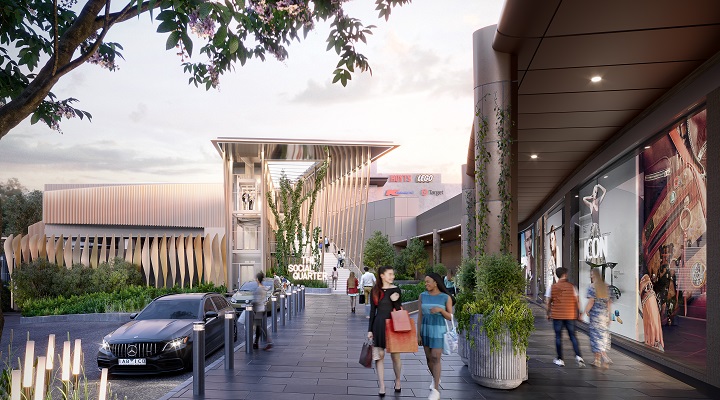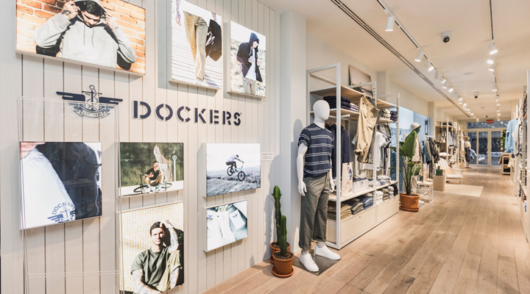Vicinity Centres says a resilient retail sector and an occupancy rate of 98.6 per cent across its malls helped drive a 20.5 per cent uplift in net property income during the first half.
For the six months to December 31, the company recorded revenue of $357.1 million, up from $287.7 million of the corresponding period last year.
However, tax-paid profit was down, at $176.3 million this year, compared with $650.2 million – a gap of $473.9 million – which the company said related to non-cash items including investment property revaluations, a loss on derivatives and foreign exchange losses on interest-bearing liabilities.
Net property income was $459.6 million, benefitting from the “continued strength of retail sales” which led to improved cash collections, rental growth, and a higher percentage of rent.
In its results filing, the company said the luxury and apparel & footwear categories are among the strongest performing and it is focusing on bolstering its position in these segments.
Vicinity’s CEO and MD, Peter Huddle, said: “The Australian retail sector continues to enjoy elevated growth, despite near-term uncertainty, while the residual impact of the pandemic on Vicinity is now largely limited to the ongoing recovery of our CBD assets.”
However, he flagged that the retail sector is a “benefactor” of an extremely tight employment market, household income growth and savings rate.
“That said, we are mindful of the impact of rising interest rates and increased costs of living on Australian households in the near term and we expect the rate of retail sales growth to moderate.”
The real estate giant also closed 833 leasing deals during the first half, which is 43 per cent higher than pre-Covid levels.
- Further reading: Vicinity Centres to trial battery storage at two malls






